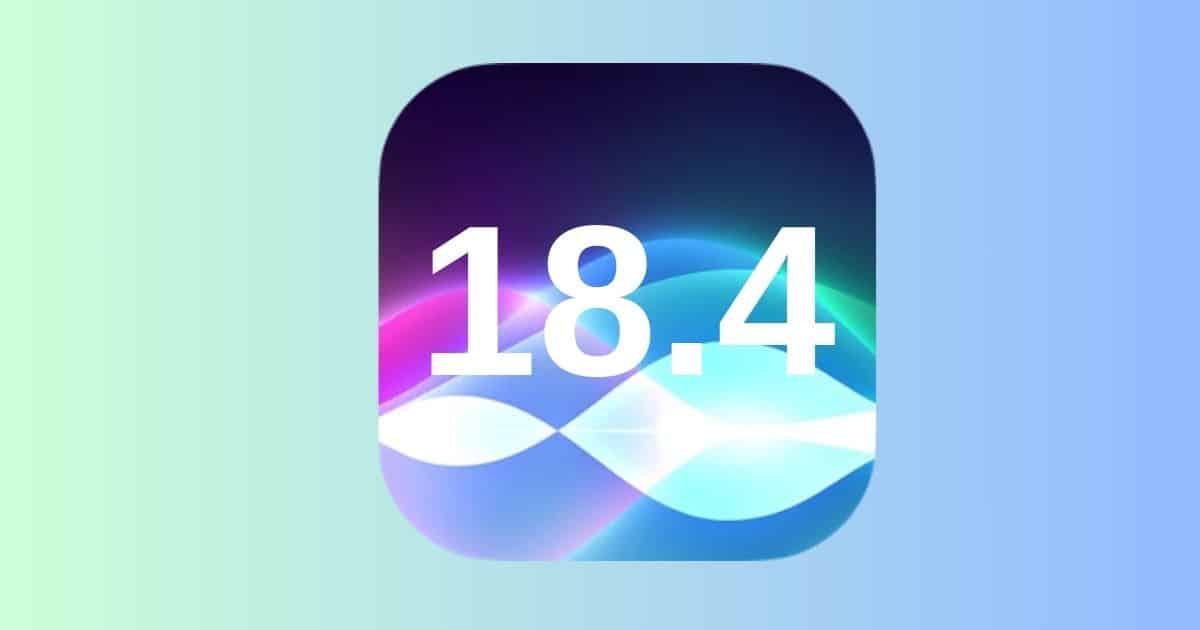Apple’s iOS 18.4 beta 2 release is missing on-screen awareness, a new capability that would let Siri recognize and interact with content displayed on the device’s screen. This update, released to beta testers, does not include the iPhone on screen awareness feature that many users were hoping to see.
On-screen awareness, powered by the App Intents framework, would have allowed users to perform tasks like adding an address from a text message to a contact card by simply asking Siri. The absence of this feature in the latest beta says that Apple may need more time to perfect this AI-powered functionality.
Other AI-related capabilities are also not present in this beta. These include in-app actions, which would let Siri perform tasks across various apps without pre-configured shortcuts, and personal context, which would improve Siri’s understanding of user data for more personalized assistance.
The lack of these features in iOS 18.4 beta 2 may mean that Apple is taking a cautious approach to adding these AI capabilities. It’s probable that these features could appear in future iOS updates, possibly in iOS 18.5 or later versions.
